 |
| Photo by Kara Murphy |
Just a few weeks ago, a drone crashed through a window on the 27th floor of a building in Chicago. Last year, a tourist was apprehended for flying in downtown Manhattan, in the heart of New York City, where UAV operations are strictly prohibited. The month before, a remote pilot avoided disaster when his DJI Phantom 3 drone plummeted 36 stories from where it was inspecting a crack that formed on a window of San Francisco’s Millennium Tower. It crashed on the sidewalk, missing pedestrians by inches.
When operated properly, drones are capable of capturing angles and gathering critical data in areas that helicopters and small planes can’t access. Launching a drone in crowded spaces poses two key potential risks: signal loss caused by magnetic field interference, and drifting caused by wind tunnels lurking between high-rise buildings.
In the US*, drones can be flown in cities, where it is legal under 14 CFR Part 107 rules, which allow the operator to fly more than 400 ft. AGL (above ground level) as long as the drone remains within 400 ft. of a building, or with the proper Certificate of Waiver or Authorization (COA) from the FAA. However, doing so requires the remote pilot-in-command to conduct a thorough risk assessment, identify potential hazards, and establish a set of emergency procedures to ensure the safest outcome possible.
Calibrate the compass before heading downtown
The most foolproof way to prevent a fly-away, and ensure location accuracy during flight, is to calibrate your drone’s compass. Locate an open field, roughly 15km (10 miles) away from where a flight in a heavily-congested area is planned; avoid parking structures with metal guardrails and cell phone towers, and remove watches and metal jewelry as even the slightest bit of magnetic interference will disrupt this critical procedure.
 |
|
Always make sure to calibrate your drone’s compass before flying in congested or urban environments.
Photo by Kara Murphy
|
Once at the calibration site, follow the procedure for calibrating your drone’s compass. With minimal interference it will account for magnetic declination, which will allow it to operate with a higher degree of accuracy.
Make sure multiple flight modes are enabled
Most consumer-grade drones are equipped with intelligent flight modes and stabilization systems to ensure smooth, steady flights. On DJI drones there are three main flight modes — P-Mode (Position), A-Mode (Attitude), and S-Mode (Sport) — that can be accessed directly using the remote control. Both Position and Sport Mode rely on GPS and Glonass to hold the drone’s position in the air.
While most flights can be conducted in Position Mode, as it allows the drone to hover in place and easily return home, there will be times when signal interference is severe. Attitude, or ATTI Mode, which retains altitude but causes the drone to drift with the wind, is the only option for flying where signals are compromised. And, since part 107 rules allow a pilot to operate up to 400 feet (120 meters) above the topmost part of a structure, encountering strong winds is inevitable.
 |
| DJI controllers feature a hardware toggle to quickly switch between Position, Attitude, and Sport modes. |
Note: although GPS is disabled in ATTI mode, the GPS module still locates the drone in the background, meaning that someone can’t use ATTI mode to circumvent restricted flight zones.
Switching from P-Mode to A-Mode is as simple as a flip of the switch on the controller. This shortcut can be accessed when Multiple Flight Modes are enabled in the DJI Go App. If the drone can no longer operate in Position or Sport Mode, it will automatically default to ATTI Mode. It’s always preferable to initiate this transition instead of being taken by surprise when the drone activates ATTI Mode on its own.
Practice flying in ATTI mode
As a general rule, you should never fly between tall buildings with GPS enabled. Numerous signals between buildings cause interference and create a substantial margin of error in the compass, setting the drone off course. The worst case scenario a pilot can encounter when flying in a congested area is relying on Position Mode, which stabilizes the drone and makes controlling it practically effortless, only to have the drone default to ATTI mode when the signal is inevitably lost.
Attitude, or ATTI Mode, is the only option for flying where signals are compromised.
Guiding a drone that drifts with the wind is difficult and requires hours of preparation. Practicing in a large, open field with few trees and obstacles is the best method for learning how to maintain control of a drone when it won’t automatically hover in place. The first time ATTI mode is activated, the drone will immediately drift, and it startles even the most seasoned pilots. Don’t be caught off guard, learn how to handle the drone so it can be expertly guided on its intended path.
Identify the Minimum Obstacle Clearance Altitude
When flying near tall structures, a drone may lose its connection or run critically low on battery power earlier than expected. The Return to Home feature will automatically activate and, assuming the compass is calibrated properly, the drone will fly back to the remote pilot.
Creating a safe flight path requires a pilot to identify the height of the tallest structure in the area, and then add a margin of roughly 3m (10 ft) to ensure the drone clears every last obstacle. The Minimum Obstacle Clearance Altitude (MOCA) can be determined several ways.
 |
|
Identifying the height of the tallest building is imperative to ensuring you don’t collide during any part of your flight.
Photo by Kara Murphy
|
I personally looked up the information online for a group of buildings I was photographing in San Francisco. Contacting a building manager is another option. For smaller, lesser-known structures where information isn’t readily available, flying with the gimbal pitch set to level, and elevating to the point where the obstacle crosses the horizon is another method for determining MOCA.
Creating a safe flight path requires a pilot to identify the height of the tallest structure in the area.
Enabling obstacle avoidance sensors is an additional recommended precautionary measure. However, sensors can’t always identify reflections or shiny surfaces. This is why establishing MOCA and setting the Return to Home Altitude accordingly is imperative.
Attach prop guards
Prop guards are an effective tool for preventing a crash should a drone bump into a wall. They aren’t 100 percent foolproof, which is why the above steps need to be taken, but it helps to have them in place. They add weight to the aircraft, which will deplete battery life at a slightly faster rate, and practicing with them attached so you can make necessary adjustments is highly recommended. Depending on the model of the drone, obstacle avoidance systems may be disabled with the use of prop guards.
Keep the drone within close range
A complex job that requires navigating a congested area needs to be supported by a visual observer to help keep watch of the drone and maintain visual line of sight. Typically, flying a maximum distance of 500m (1600 ft) from your location is acceptable, however, in a crowded area, it’s preferable to keep the drone within closer proximity; 150-250m (approx. 500-800 ft) is ideal if you’re flying at an altitude that exceeds 120m (400 ft).
 |
|
Before heading into an area with tall buildings and narrow corridors, practice flying in ATTI Mode in a wide open, nearby park.
Photo by Dale Baskin
|
Launch in Position Mode until the drone has cleared the pilot, crew, and any major nearby obstacles, such as a bridge or traffic light, that might impact the flight in its initial stages. Alternate to ATTI mode and continue ascension. When the drone drone returns, and is in close enough range, switch back to Position Mode to facilitate a sturdy landing.
The take away
Drones save time, money, and effort when operated properly, and can be very useful for things like building or tower inspections. Learning how to safely conduct flights in challenging environments is essential if you plan to fly in congested areas like a city center. Taking the time to do so provides an extra layer of safety, and if you’re flying for your business, gives you a potential leg up on the competition.
As pilots, it’s our responsibility to be prepared in order to keep the skies – and our urban areas – safe. And really, you don’t want to be that person who shows up on the news for not doing so.
*Rules and regulations vary by country. Make sure you know, and follow, the regulations for your particular location.
Articles: Digital Photography Review (dpreview.com)









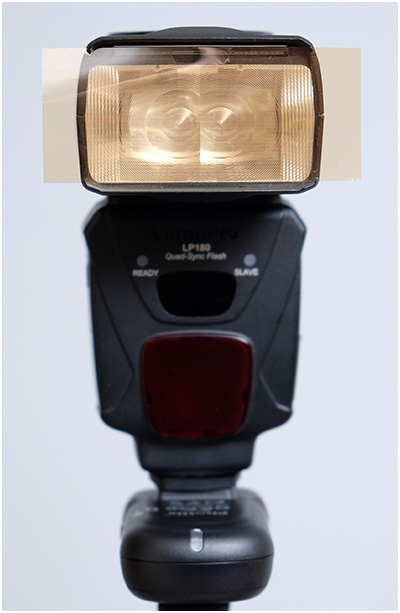
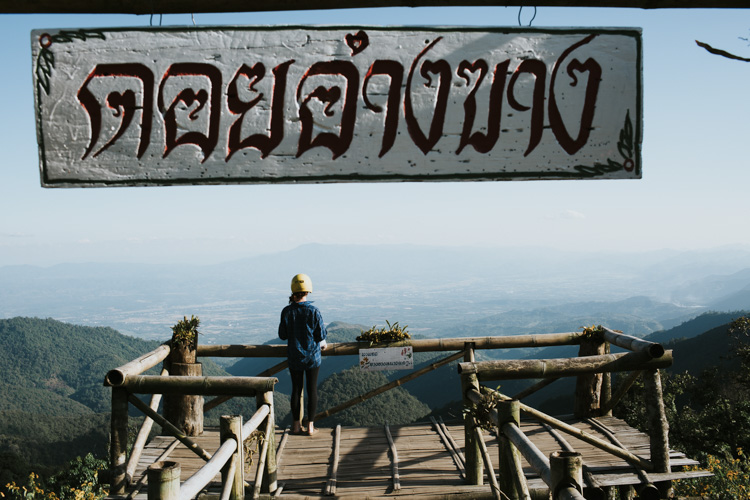
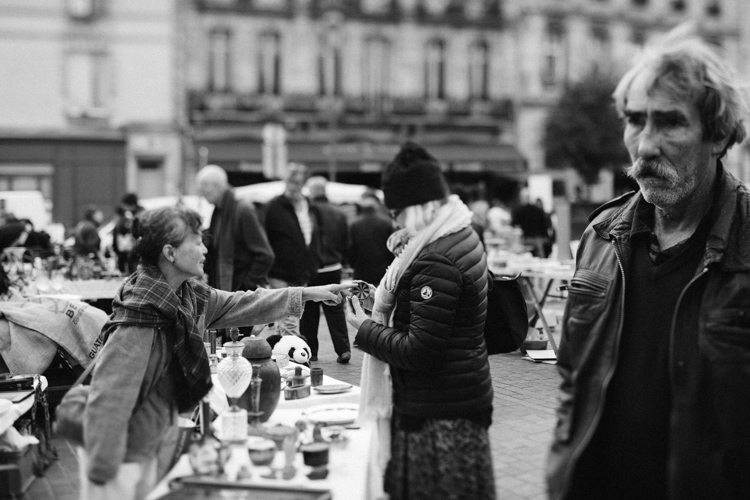

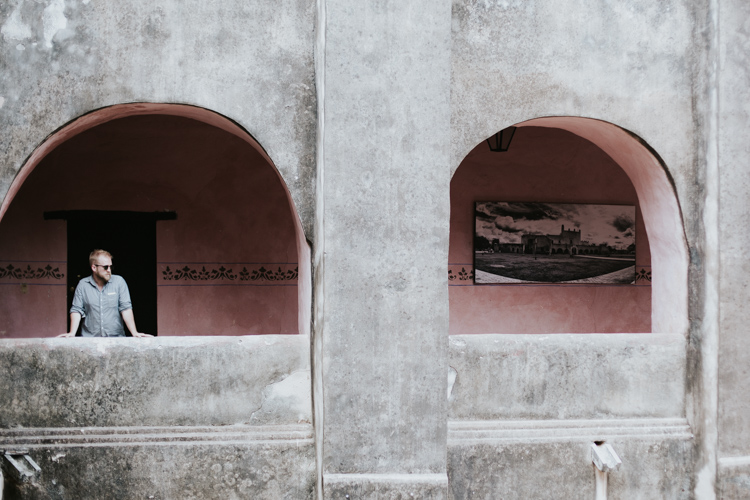
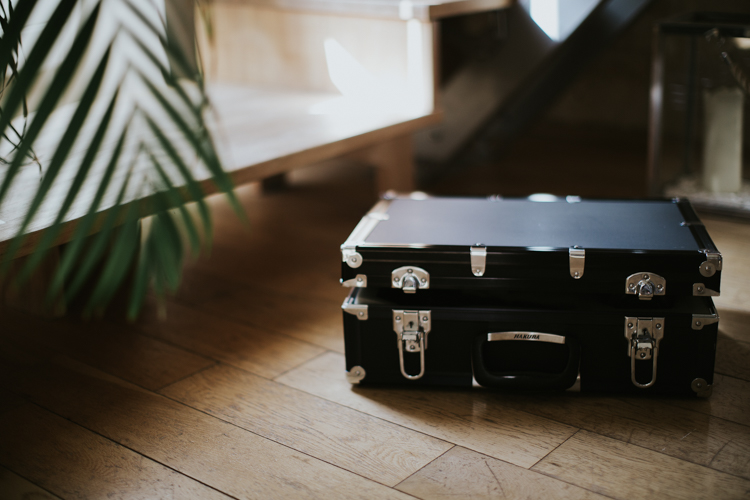
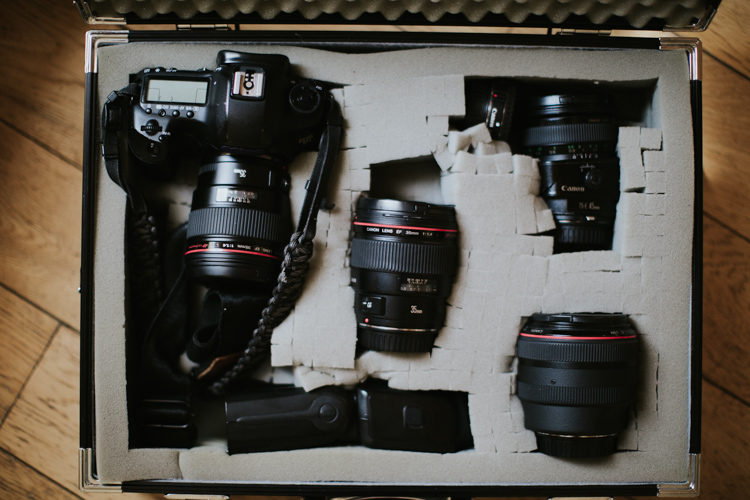
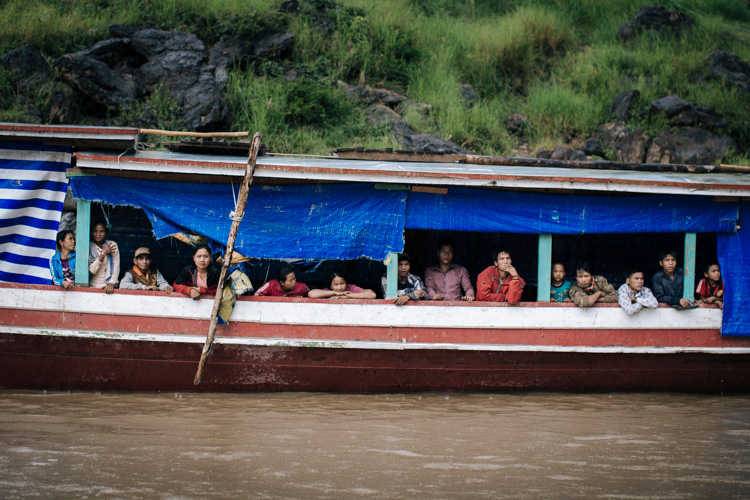
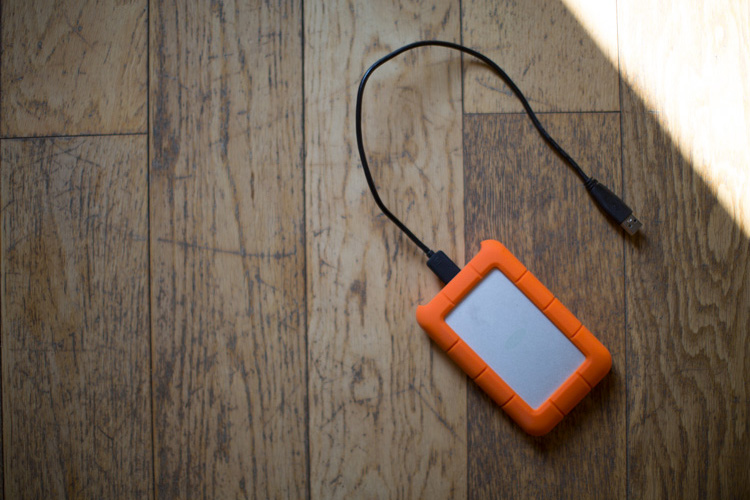
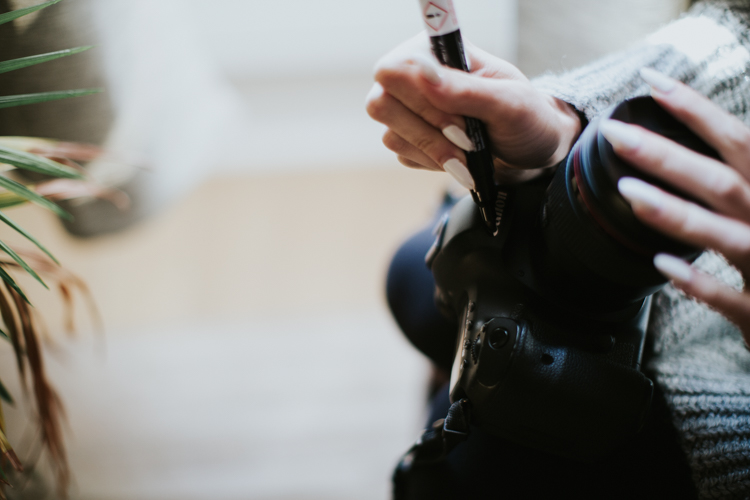
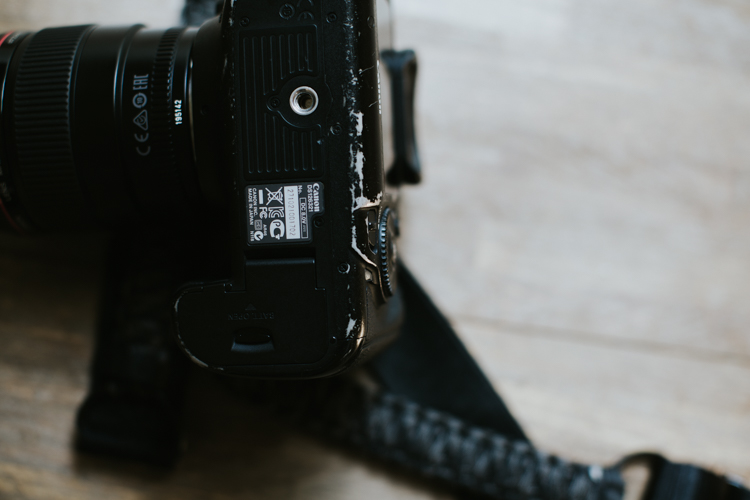

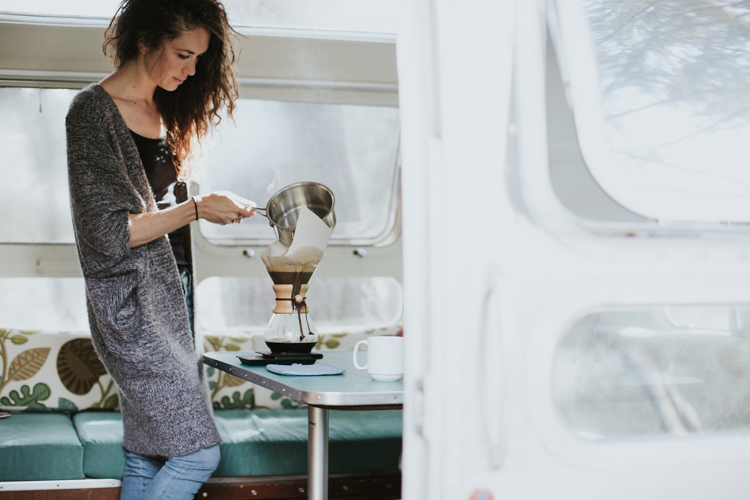



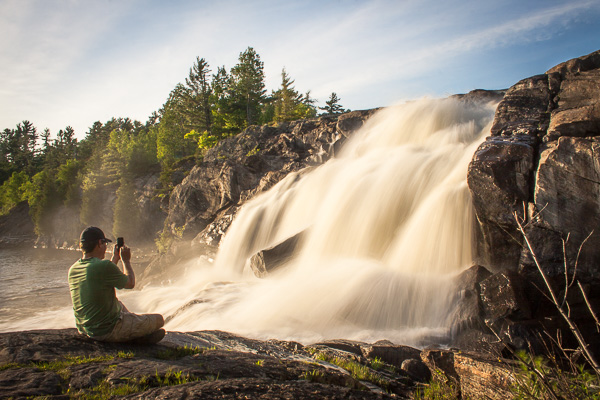
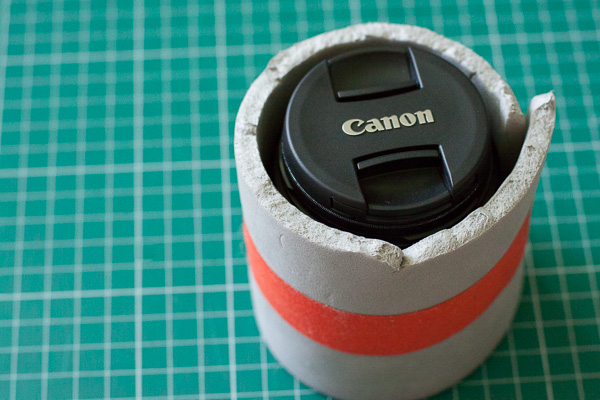
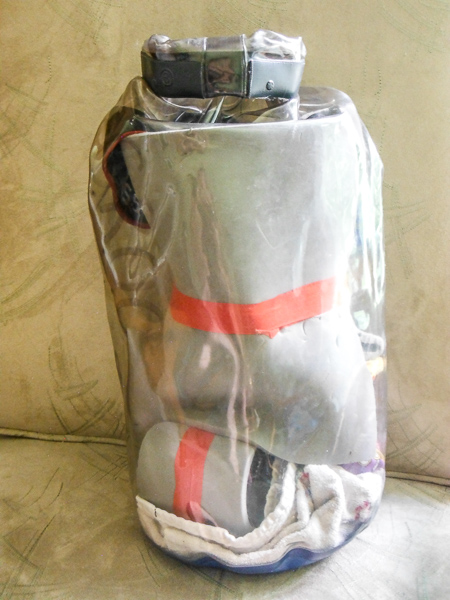
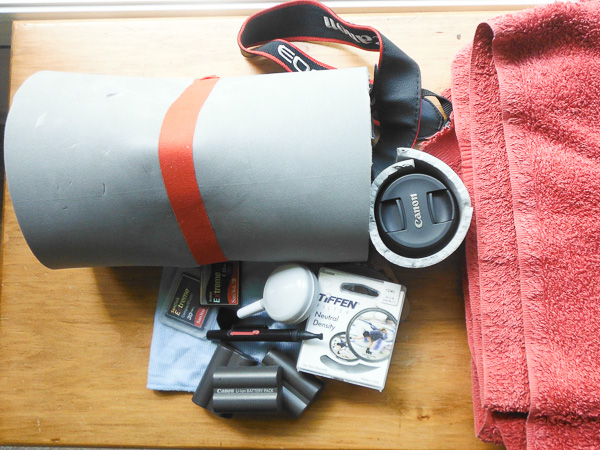



You must be logged in to post a comment.